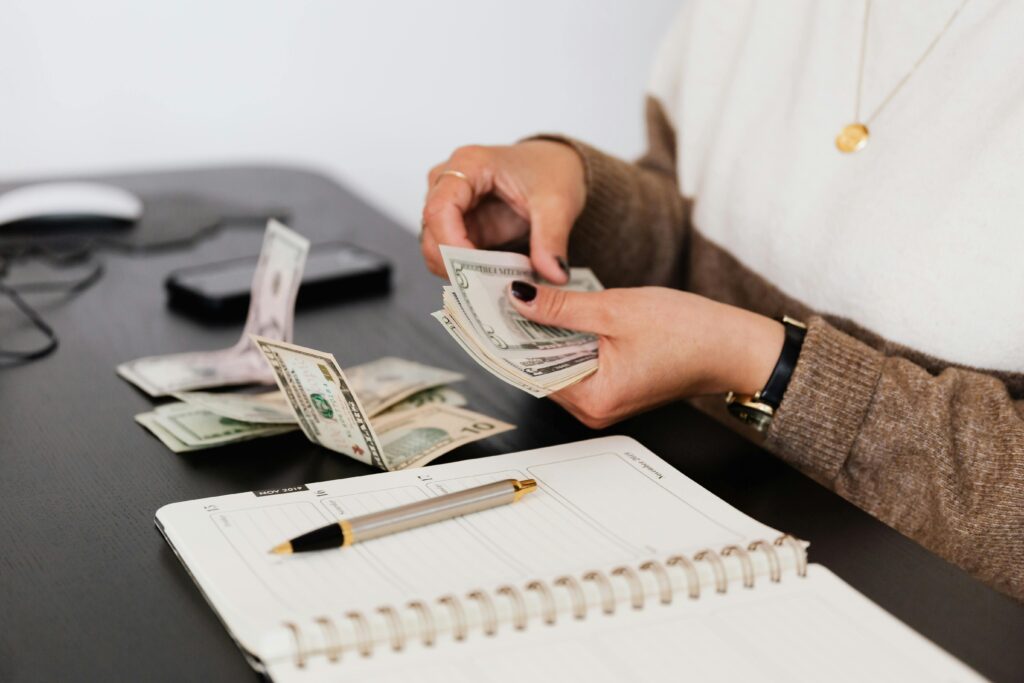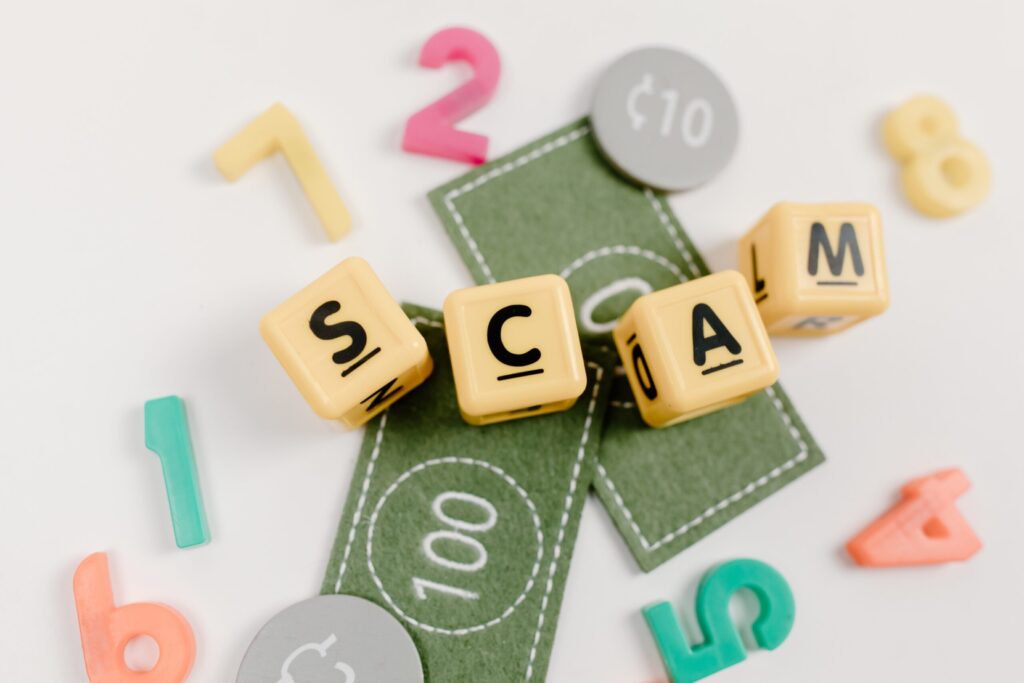Introduction
An emergency fund acts as your financial safety net, providing peace of mind when life throws unexpected challenges your way. Whether it’s a medical bill, car repair, or sudden job loss, an emergency fund ensures you’re prepared. Let’s explore the step-by-step process to create one that fits your lifestyle.
________________________________________
1. Set a Target Amount
The first step in building an emergency fund is deciding how much you need.
• Start Small: If saving three to six months of expenses feels overwhelming, begin with a smaller goal, such as $500 or $1,000.
• Calculate Monthly Needs: Add up your basic monthly expenses—rent, groceries, utilities, transportation, and minimum debt payments. Multiply this by 3–6 to determine your target.
• Example: If your essential monthly expenses are $2,000, your emergency fund goal should be between $6,000 and $12,000.
________________________________________
2. Open a Dedicated Savings Account
Keeping your emergency fund separate from your everyday spending ensures you won’t dip into it unnecessarily.
• Choose the Right Account: A high-yield savings account (HYSA) is ideal because it earns interest while remaining accessible.
• Avoid Temptation: Don’t link your emergency fund to your debit card. This separation reduces the risk of impulsive spending.
________________________________________
3. Automate Your Savings
Consistency is key when building an emergency fund. Automation simplifies the process.
• How to Automate: Schedule recurring transfers from your checking account to your emergency savings.
• Start Small: Even $25 per week adds up to $1,300 in a year.
• Example: If you get paid biweekly, set up an automatic $50 transfer every payday.
________________________________________
4. Reduce Non-Essential Spending
Trimming unnecessary expenses frees up money to contribute to your fund.
• Audit Your Budget: Identify discretionary spending like dining out, subscriptions, or luxury purchases.
• Shop Smarter: Use coupons, cashback apps, and buy generic brands.
• Example: Switching from a $60/month gym membership to free home workouts saves $720 annually.
________________________________________
5. Celebrate Small Milestones
Reaching financial goals is a marathon, not a sprint. Acknowledge your progress.
• Set Mini-Goals: Celebrate when you save your first $500 or $1,000.
• Treat Yourself: Reward yourself with something small, like a favorite snack or activity, when you hit milestones.
________________________________________
6. Supplement Your Savings
If progress feels slow, explore ways to boost your contributions.
• Take on a Side Hustle: Freelancing, babysitting, or delivering groceries can generate extra income.
• Sell Unused Items: Declutter and sell electronics, clothes, or furniture on platforms like eBay or Facebook Marketplace.
________________________________________
Conclusion
Building an emergency fund is about planning, persistence, and small, consistent steps. While it takes time, the security it provides is invaluable. Start with a manageable goal, celebrate your milestones, and enjoy the peace of mind that comes with financial readiness.
How to Build an Emergency Fund


